In 1867, Dao Tan passed the provincial examination at Binh Dinh Examination School. Although his official career had many ups and downs, it was smooth, holding many important positions, including the position of Minister (Ministry of Public Works and Ministry of Finance). He was honored by the Nguyen Dynasty with the titles of “thanh, than, can” (clean, careful, diligent) and “bat uy cuong ngu”, meaning not afraid of the king's power.
Dao Tan is known as a poet and lyricist, but his greatest contribution is his career in Tuong with many famous plays such as "Ho Sanh Dan", "Tram Huong Cac", "Hoang Phi Ho Qua Gioi Bai Quan", "Co Thanh", "Dien Vo Dinh"... which have great value in terms of ideology as well as literature. His plays contain a humanistic view for the right to life of people, the honor of talent, dignity and genuine aspirations of people, profound heroism and humanity... His comprehensive contributions as a playwright, director, innovating Tuong from composition methods to performing arts, in training talented artists... have made an important contribution to raising the value of this traditional art. Dao Tan is honored by posterity as the late founder of Vietnamese Tuong.
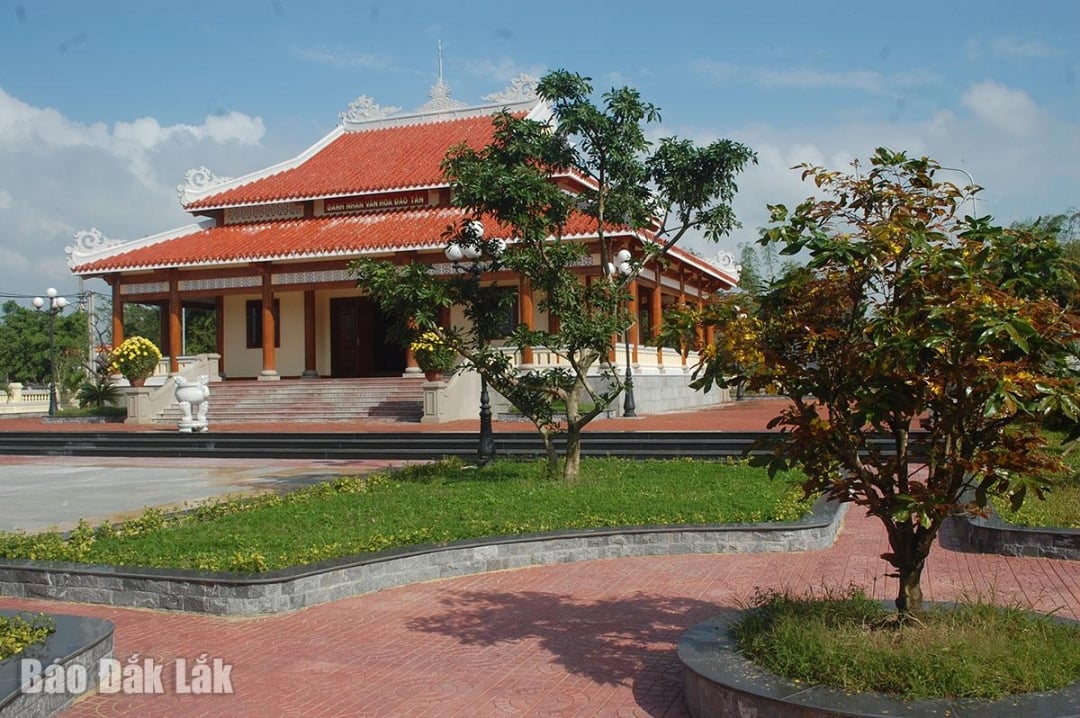 |
| Dao Tan Temple. |
The temple of the cultural celebrity, the founder of Tuong Dao Tan, is located in his hometown in Vinh Thanh village, Phuoc Loc commune. The temple grounds have two main architectural blocks: the temple and the Tuong performance house. Although it is the temple of a national cultural celebrity, it is very friendly and close with a warm red two-story yin-yang tiled roof.
Architect Dao Tung, a descendant of Dao Tan, who designed the project, said: The roof system, the roof edges, the patterns, and the roof peaks are often curved in other temples, but in Dao Tan Temple, the roof peaks are straight, following the architectural style of the Hue royal court, an architectural language that creates a feeling closer to people.
The friendliness of the temple is also reflected in the simple railing system, without elaborate decorative details, like the railing of a normal house. In particular, the main gate to the temple is an almost exact version of the lines and dimensions of the gate of Dao Tan's house when he lived, now Dao Tan's ancestral street not far from the temple.
Upon entering the gate, we immediately see a small screen - a feature of traditional feng shui house architecture. The screen is decorated on the front and back with embossed apricot branches. On both sides are embossed brush pens and swords, representing the great spirit and career of Dao Tan.
The temple grounds are nearly 4,000 square meters wide, with trees such as areca, banyan, Indian laurel, bamboo, etc. In particular, apricot blossoms are present everywhere in the temple area: apricot blossoms are planted in the temple grounds; apricot blossoms are embossed on both sides of the screen; apricot blossoms are embossed on the wooden panel behind the statue of Dao Tan on the altar. The presence of apricot blossoms is a symbol honoring Dao Tan's noble character because during his lifetime he considered apricot blossoms as a symbol of his gentlemanly spirit. He often mentioned apricot blossoms in his poems and writings. Dao Tan's nicknames were Mong Mai and Mai Tang, Mai Vien was the name of his garden and he chose Hoang Mai mountain as his final resting place.
Inside the temple, the bronze statue of Dao Tan is placed in the middle of the shrine. Behind the statue is a wooden plaque carved with apricot blossoms; on both sides of the altar are two parallel sentences in Chinese characters, translated into Vietnamese as: "The Lord of Literature loves writing and is good at writing/ His virtue and love for the people, his talent for governing is superior to the Three Fathers".
Also inside the temple, from the system of images, documents, artifacts, and memorabilia about Dao Tan designed and displayed by Binh Dinh Museum, visitors can learn about the talent, career, and monumental legacy of the late master of Tuong: the ivory plaque with the Chinese characters "Quan loc tu khanh" by Dao Tan, the bamboo stick (version), on the top of the stick is engraved the poem "Van tho" expressing the noble character of Mai Tang; photos of places that mark the artistic talent of the famous Dao Tan: Hoc Bo Dinh, Huong Thao That, Mai Vien, Duyet Thi Duong... Among them, the most valuable artifacts reflecting Dao Tan's poetry and Tuong career are the textual documents about some of his Tuong scripts, poems, songs, and parallel sentences.
The Tuong performance house was modeled after Duyet Thi Duong, a place reserved for the king, royal relatives, mandarins, and state guests of the Nguyen Dynasty to watch art performances, mainly royal Tuong plays. Inside there is a stage for Tuong performances.
The temple of the cultural celebrity Dao Tan has become a cultural work, a cultural symbol of Binh Dinh. Along with the temple of Dao Tan, visitors can also visit some other sites related to his life and career in Vinh Thanh village such as Dao Tan ancestral temple (where he was born), Vinh Thanh communal house (a provincial historical relic, where people worship his tablet). In addition, Dao Tan's tomb (a national historical relic) located in Huynh Mai village, Phuoc Nghia commune is also a famous address.
Source: https://baodaklak.vn/van-hoa-du-lich-van-hoc-nghe-thuat/202506/tham-den-tho-danh-nhan-van-hoa-dao-tan-9270a95/












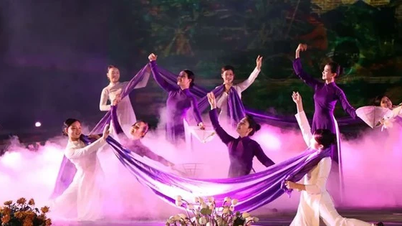


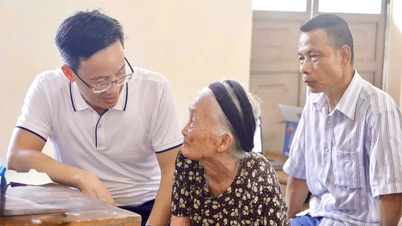

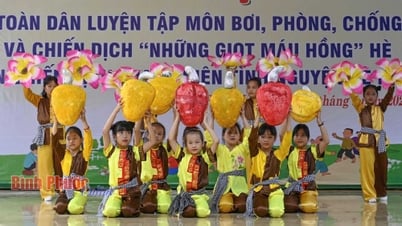





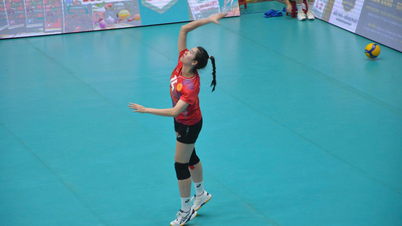



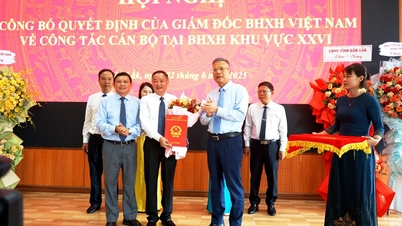












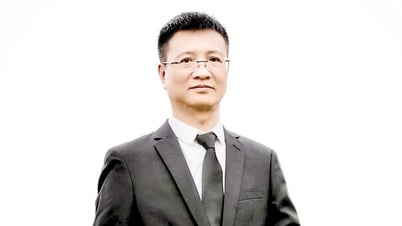



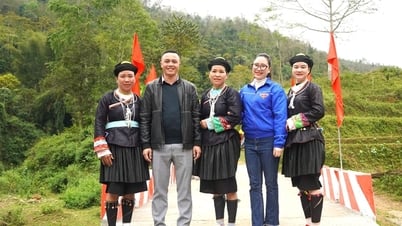

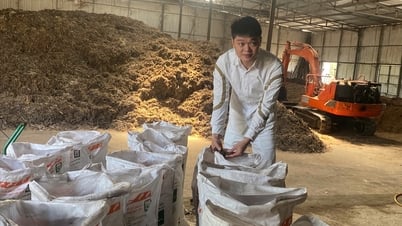




























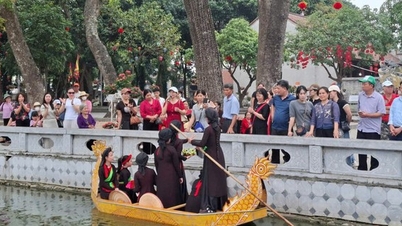
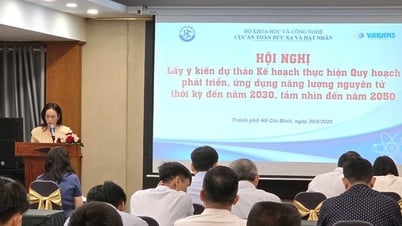
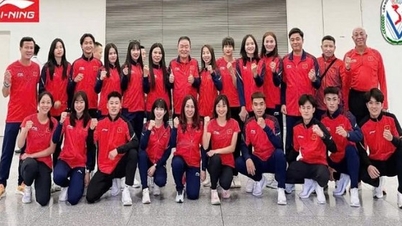
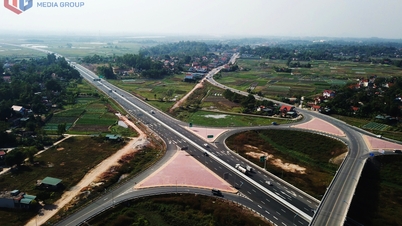


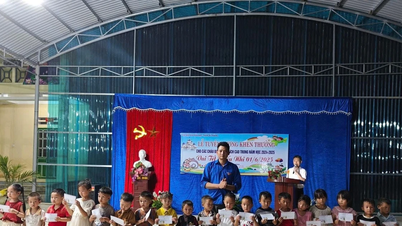









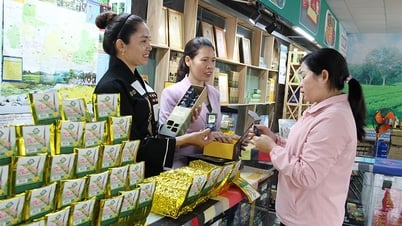




Comment (0)